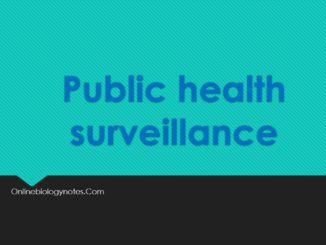
Levels of public health surveillance
Public health surveillance: Public health surveillance is the systematic process of data collection, analysis, and interpretation with the routinely dissemination of these data to concern […]

Public health surveillance: Public health surveillance is the systematic process of data collection, analysis, and interpretation with the routinely dissemination of these data to concern […]
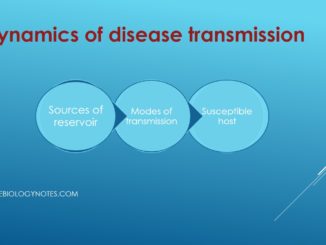
Diseases are transmitted from the source of infection to susceptible host. The medical model of infectious disease transmission consists of three interlinked chains. They are: […]
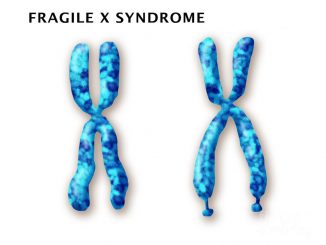
Fragile X syndrome (FXS): Fragile X syndrome is also known as marker X syndrome or Martin-Bell syndrome. It is one of the genetic disorders that […]
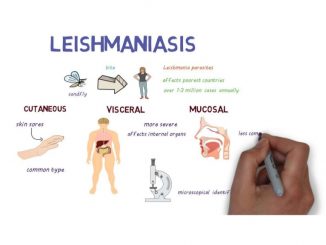
Visceral leishmaniasis (VL) or Kala-azar: Visceral Leishmaniasis (VL) also known as kala-azar or black fever or dum-dum fever, is the most severe form of leishmaniasis. […]

Hookworms: Hookworms are parasitic nematode that lives in the small intestine of mammalian host such as dog, cat or humans. They are characterized by their […]
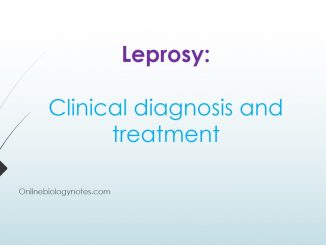
Specimens: It includes nasal mucosa, skin lesions, ear lobules. Occasionally, lymph nodes and affected nerves. Method of collecting of skin smears: Slit and scrap method: […]
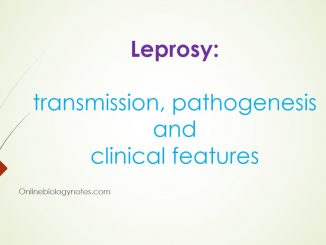
Leprosy: Hansen’s disease (leprosy) is a chronic granulomatous disease of humans primarily involving the skin, peripheral nerves and nasal mucosa but capable of affecting any […]
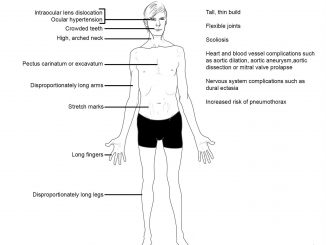
Marfan syndrome: Marfan syndrome is one of the genetic disorders i.e. the child inherits from their parents. It is a condition that affects the connective […]
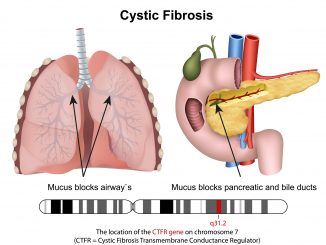
Cystic fibrosis: Cystic fibrosis (CF) is one of the genetic diseases i.e. it can be inherited to offspring. It is the condition where the mucus […]
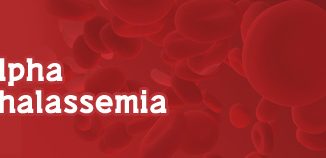
Thalassemia Thalassemia is a common term for a group of inheritable, genetic diseases characterized by reduced levels of Hemoglobin, low RBCs production and anemia. There […]
Copyright © 2024 | WordPress Theme by MH Themes